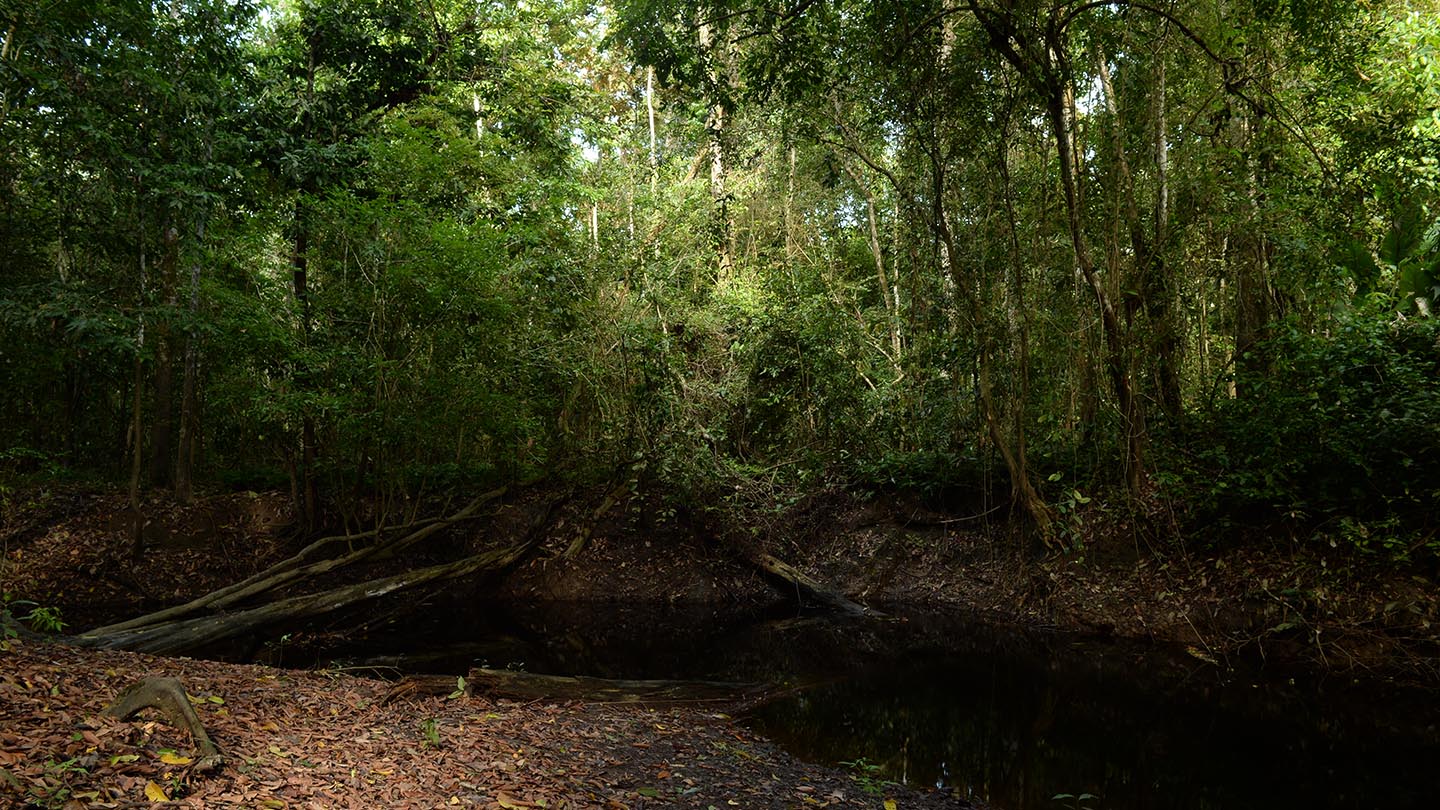We work in the Magdalena Medio because it is a region in which forests and wetlands, still conserved, are home to a high biological diversity.
There, wild flora and fauna are represented in more than 150 mammal species, more than 630 bird species, more than 120 reptile species, more than 50 amphibian species, more than 120 fish species and more than 4000 vascular plant (plants with seeds and ferns) species. Many of those plants and animals live only in the Magdalena Medio and are not found anywhere else on the planet. Therefore, their conservation is a priority.
Among the threatened species we have the Colombian tapir (Tapirus terrestris columbianus), the white-lipped peccary (Tayassu pecari), the Central American jaguar (Panthera onca centralis), the Caribbean manatee (Trichechus manatus), the white-footed tamarin (Saguinus leucopus), the Magdalena spider monkey (Ateles hybridus), the grey-handed night monkey (Aotus griseimembra), the blue-billed curassow (Crax alberti), the northern screamer (Chauna chavaria), the harpy eagle (Harpia harpyja), the military macaw (Ara militaris), the Magdalena river turtle (Podocnemis lewyana), the red-footed tortoise (Chelenoides carbonaria), the Lozano's Salamander (Bolitoglossa lozanoi), the pataló fish (Ichthyoelephas longirostris), the bocachico (Prochilodus magdalenae), the picuda (Salminus affinis) and the Magdalena catfish (Pseudoplatystoma magdaleniatum).
The threatened species of timber-yielding trees are the peroba rosa (Aspidosperma polyneuron), the sapán (Clathrotropis brunnea), the comino (Aniba perutilis), the yumbé (Caryodaphnopsis cogolloi), the Colombian mahogany (Cariniana pyriformis), the big leaved mahogany (Swietenia macrophylla) and the Spanish cedar (Cedrela odorata), among others.

Conservation Challenges
The conservation challenge is closely related with the history of violence and the needs of subsistence of its dwellers. They have sometimes taken advantage of natural resources in an uncontrolled and unsustainable manner.
It is, therefore, necessary that communities and associations of fishermen, cattle breeders and farmers be the first decision-makers on how to generate mechanisms to achieve a greater protection of the natural resources.
Conservation Approach
With our work, we aim to reduce the pressures on biodiversity. For that, we restore natural habitats, generate structural corridors, implement environmentally friendly productive systems (mainly livestock reconversion) and encourage the creation of reserves of civil societies and other similar agreements.
Additionally, we strive to sign voluntary conservation agreements with land owners and communities in coordination with municipal and departmental governments committed with the existence of biodiversity.
In the Magdalena Medio, our actions are focused, mainly, on five threatened species. They are considered landscape species, i.e., that the actions carried out in favor of each one, will also benefit other wild animals and plants.